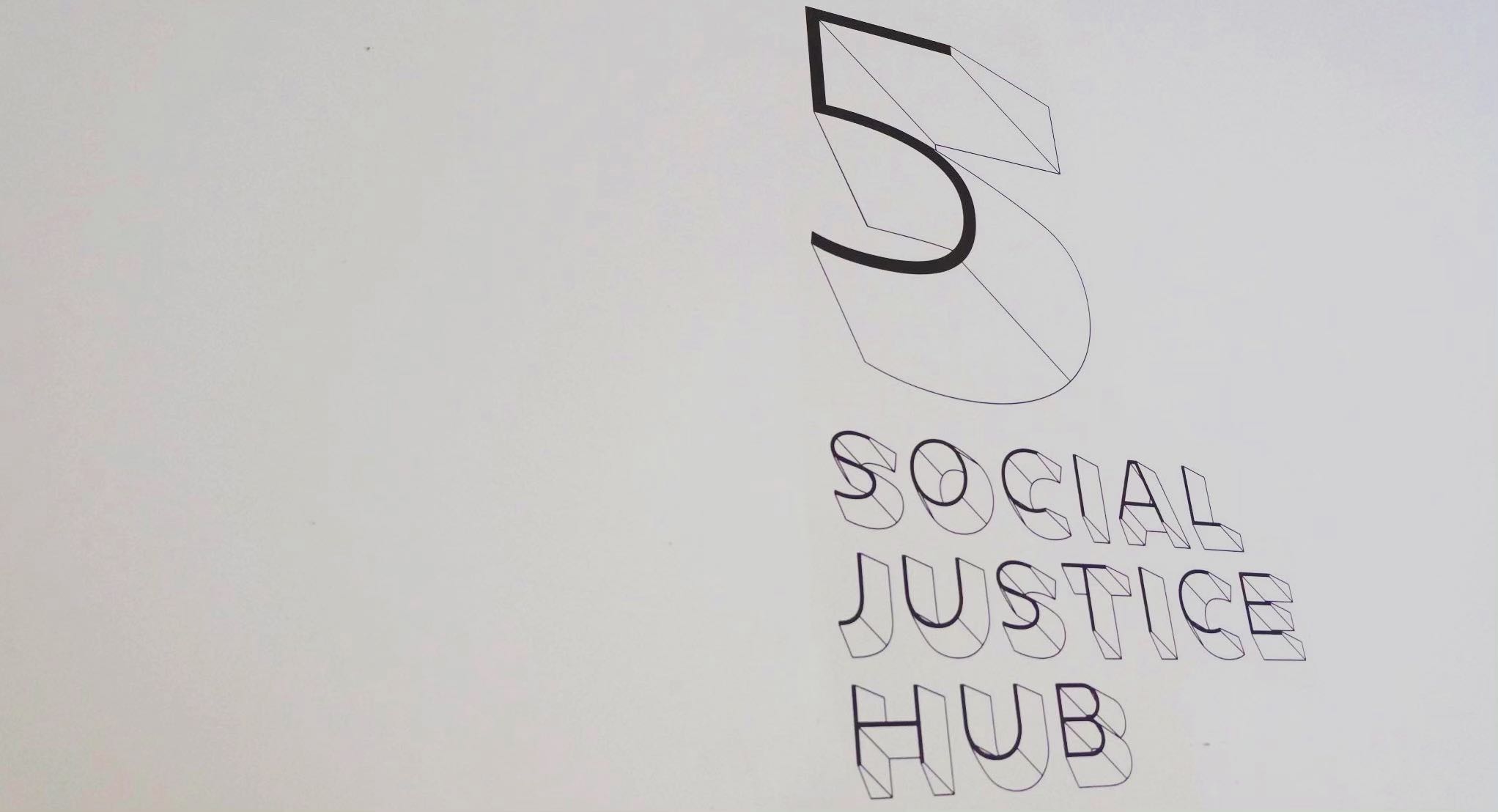No, the Climate Assessment is not about global warming.
Instead, it is an effort from The Office of Social Justice, led by civil rights activist Maya Wiley and Director of Social Justice Initiatives Melanie Hart, to evaluate whether the New School is living up to its standards of social justice, equity
“One of the reasons I proposed a climate assessment,” said Wiley, “was because, after being here for about two and a half years, we’re constantly reacting to problems, rather than taking a step back and trying to understand where we are together, and then figure out what our community thinks is important to change it.”
The process includes evaluating university behaviors and campus-wide student, faculty and staff experiences through data collection and survey analysis with help from a consulting firm. The process is designed to be transparent.

Wiley and Hart emphasized how they’ve attempted to make the process interactive, involving the entire New School community, from the Senior Leadership Team members to students to cafeteria staff, through focus groups and individual interviews.
“One of the things we’ve been trying to do is manage, to make sure there’s representation in the survey,” said Hart. “This is an objective process, so we step back, and it’s not about who do I know personally that they could interview.”
The analysis is composed of four stages: a qualitative assessment that is based on focus groups and individual interviews, a quantitative assessment comprised of a university-wide anonymous student survey, a report with recommendations for the administration to put into place, and finally, implementing solutions based on the results.
“The goal isn’t to have a process for solving the hurt once it happens. The goal is how are we reducing, as much as possible, any of that hurt. And supporting people’s full potential to do what they came here to do,” said Wiley.
“No institution will be perfect and no matter what we do we won’t be perfect, but can we challenge ourselves to actually think about what it means to be a community, across all our various both parts in terms of what we’re studying, researching, what work we do, to what our experiences are, and can we understand that we’re going to disagree with one another?” Wiley said.
She added, “How are we going to understand how we actually value what we’re all here to help each other do?”
New School participation is the first step. Graduate students and faculty have been more likely to participate in the focus groups and individual interviews, Wiley and Hart said. The climate assessment, in its four stage process, also aims to involve wider undergraduate participation.
“We’ve had and invited students from across the university into that process,” through focus groups and interviews, said Wiley. “In fact, we’re trying to get more undergraduates engaged. We’re starting now to ask faculty to actually give some release time so they’re [undergraduates] better able to, because we’ve realized grad students are easier to get than undergrads.”
The most accessible way for undergraduate students to share their experiences is through the university-wide email survey that was sent on March 7, which records all submissions anonymously. The survey provides undergraduate students a chance to describe their experiences both in and outside of the classroom. Rather than a person mediating an interview, students can share experiences anonymously and honestly.
The assessment survey, which was sent out university-wide on March 7, was a culmination of multiple choice questions that can take anywhere from 45 minutes to an hour to fill out. The survey was in long sections, with only a top bar indicating a “100%” in several parts to indicate each section. Questions ranged from how one felt discriminated politically or racially on campus, to feeling comfortable w to having fun and making friends.
New School students, despite a feeling of lack of community or representation, are vocal about issues around campus. The Exploring Whiteness event instigated mounting tensions that the assessment may reflect on.
“The intention of the folks who were organizing were good, I think the communication was bad, the student reaction was completely understandable but indicative of larger issues. In other words, it was tapping something. That is exactly one of the reasons we’re having a climate assessment,” said Wiley of the Exploring Whiteness group.
Multiple independent organizations, such as the Student Senate and Faculty Senate, and constituents throughout the university have assembled a Task Force as part of the assessment, which is a group of university faculty and students who were chosen based on their current roles in the university
“How do you contact a Parsons student, Milano staff member, a security member, literally how to get all parts of the university to participate?” said Hart.
Once the Task Force receives the recommendations from the consultants, they will compile a set of priorities that the university must address in the campus environment, throughout all departments and schools.
The final report will be sent to all members of the New School community via email and published on the New School site.
“This is an assessment of the entire university, which means it’s also forming a baseline. We should be able to, in five years, do another one and see if we’ve made progress, To actually measure, okay these were the things we heard, that we’d take action on, how are we doing,” said Wiley.
“As a faculty member, I’m not just here to teach students. I’m here because I get something from them. And to me, that’s a community,” said Wiley. “Every institution I’ve been in, and Melanie as well, the fundamental mission of effectiveness is that it’s a community. And when it doesn’t work, it’s because it’s not a community. The New School has real potential to be a community, but it’s not. And it can be.”







